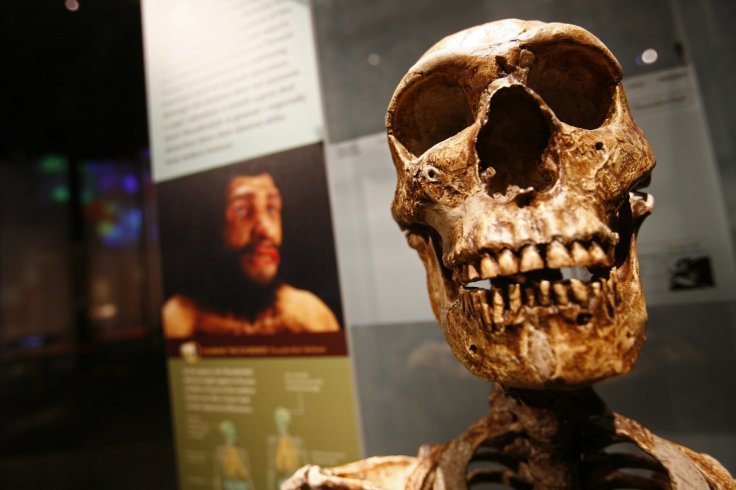
Researchers of the National Research Center on Human Evolution (CENIEH) in Spain have discovered that the hominins, the ancestors of the humans, walked efficiently just like the present-day humans during the Pleistocene era between 2,588,000 and 11,700 years before.
Traditionally, it was thought that the leaner skeletons of modern humans reflected biomechanical advantages which made locomotion a more efficient activity.
The slimmer pelvis of our species entails greater difficulty for childbirth, but it reduces the force that the abductor muscles of the hip have to exert to maintain the stability of the pelvis while walking.
"However, that doesn't imply that the hominins with wider pelvises expend more energy walking. In fact, the results obtained show that wider pelvises, at the height of the iliac crest, allow the energy cost of locomotion to be significantly lower," said lead author Marco Vidal Cordasco, from the National Research Center on Human Evolution.
For the study, published in the American Journal of Physical Anthropology, the team analyzed the influence of body proportions on the cost of locomotion by means of an experimental energetic study with 46 subjects of both sexes.
The researchers used the relationship between the width of the hip, the length of the femur and the body mass to model the energy cost of locomotion in extinct hominins.
Since two million years ago, with the appearance of the species Homo ergaster, the body mass and the brain size of the hominins have risen considerably.
These changes have entailed an important readjustment at the metabolic level, with greater demand for energy to maintain these larger organs.
Cordasco said "However, our results show that the greater efficiency of locomotion was not a mechanism to compensate for this increase in size. That is, the changes observed in the width of the pelvis and the length of the lower limbs did not reduce the cost of walking sufficiently to offset the rise in energy cost caused by the increased body mass," he added.









